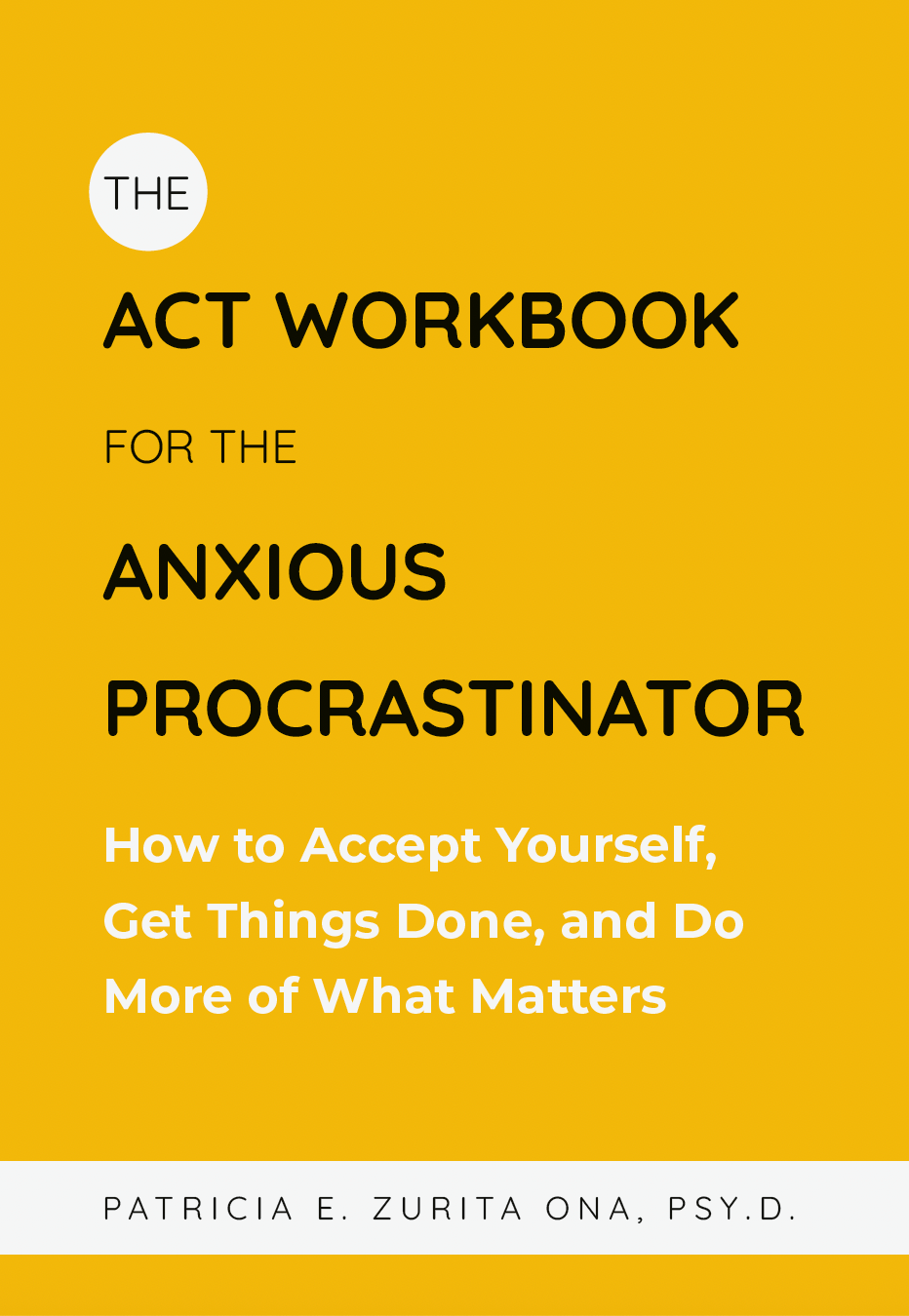
Your child is struggling in school, and you know they need help, but where do you turn? Many parents start by hiring a tutor, but for some children, this isn’t enough. If you think the classroom setting itself is not facilitating learning, it’s probably time to look at whether a Section 504 (504) or an Individualized Education Plan (IEP) is appropriate to meet their needs.
When it comes to choosing between a 504 or IEP, the main question you should ask is, does my child have the ability to complete the coursework but the classroom setting is hindering learning, or is my child behind or limited in such a way as to be unable to pass their grade level? Your honest answer to these questions is extremely important because If your child fits the former category, a 504 will help; if he falls into the latter category, then an IEP may be a more suitable choice (Cortiella, 2005).
A 504 plan provides a set of accommodations that will help your child learn the way he needs to learn in the classroom. For example, if your child is unable to sit still during a test, he may be allowed to stand, or be given extra time to complete the test. If your child struggles to listen to a lecture, read a slide presentation, and take notes all at the same time, the teacher may be required to provide the slide deck to your child before class so she can use it to take notes. These accommodations can be classroom specific (e.g. appropriate for math class but not for science class), or be applied to all classes (Murray, et al., 2014).
An IEP, on the other hand, is a good fit when a child is unable to complete the coursework for their grade level. When this is the case, an IEP will not only lay out a set of goals that fit the child’s unique abilities, but also includes any accommodations that might be found in a 504. Because of this, you would not need both and IEP and a 504 for your child. Typical goals included in an IEP incorporate academic targets for subjects such as reading, writing, math and science, and may also include skill-based or behavioral goals that are needed to be successful in the classroom. Goals should include a baseline (what the child can do today), as well as clear and measurable criteria for meeting the goal. An example might be, “by April of 2017, Joseph will be able to add and subtract ten, two-digit number problems with 80% accuracy”. By the goal end date, the child will be evaluated to see what progress had been made, and to what extent the goal needs to be amended (Caruana, 2015).
Some parents worry that subjecting their child to special education will cause trauma or self-esteem issues. If you worry about these types of thoughts, ask yourself this question: isn’t your child already traumatized by her poor performance in school? Isn’t she already plagued with anxiety about assignments and tests, or how others view him as a student? Special education plans can be temporary, and can actually bolster a child’s self-esteem, academic confidence, and overall psychological well being.
Whether your child just needs a few adjustments to the classroom environment or a unique education plan, there are options available to help him to be successful in school. The best thing you can do is educate yourself first on those options, so you can make the right choice for your child.
References:
Cortiella, C. (2005). ERIC – No Child Left Behind: Determining Appropriate Assessment Accommodations for Students with Disabilities, National Center for Learning Disabilities, 2005. Retrieved from https://eric.ed.gov/?id=ED486451
Murray, D. W., Molina, B. S. G., Glew, K., Houck, P., Greiner, A., Fong, D., . . . Jensen, P. S. (2014). Prevalence and characteristics of school services for high school students with attention-Deficit/Hyperactivity disorder. School Mental Health, 6(4), 264-278.
Caruana, V. (2015). Accessing the common core standards for students with learning disabilities: Strategies for writing standards-based IEP goals. Preventing School Failure: Alternative Education for Children and Youth, 59(4), 237-243.






